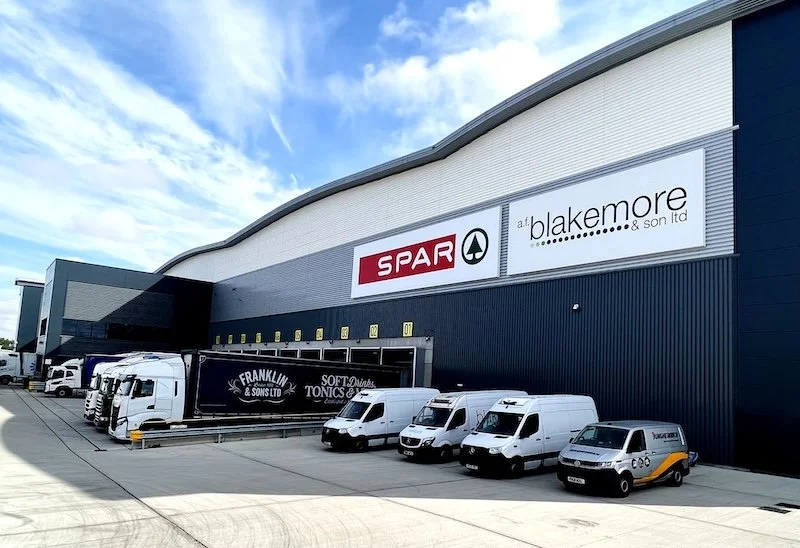Check out these rostering strategies across different business types
When it comes to managing a business, one thing remains constant: the need for effective rostering. No matter your industry, a well planned roster can be the difference between smooth operations and chaotic workdays.
Whether you're running a bustling retail store, a dedicated care service, or any other business, there are strategies you can adopt to streamline your scheduling process.
Let's dive into some of these rostering strategies across different business types.
Retail: keeping the shelves stocked and the customers happy
Understanding the Retail Rhythm
In the retail world, timing is everything. Your busiest hours are often predictable – think weekends, holidays, and post-payday rushes.
The key to effective rostering here is anticipating these peak times and ensuring you have enough staff on the floor to handle the influx of customers.
Flexibility is Key
Retail environments can be unpredictable. You need a flexible rostering strategy to accommodate sudden changes, such as an unexpected rush of customers or an employee calling in sick.
Using a combination of full-time, part-time, and casual staff can provide the flexibility needed to adapt to these changes without a hitch.
Utilise Technology
Gone are the days of pen and paper rosters. Modern scheduling software allows you to quickly adjust shifts, communicate with staff, and ensure everyone is on the same page.
Employee Input
Don't forget to involve your staff in the rostering process.
They know their availability best, and by considering their input, you can create a more effective and harmonious schedule. This not only helps in covering shifts but also boosts employee morale and satisfaction.
Care services: ensuring continuous and compassionate care
Prioritising Continuity
In the care services sector, continuity of care is paramount. Patients and clients thrive on consistency, so your rostering strategy should prioritize having the same caregivers with the same clients whenever possible.
This builds trust and ensures a higher quality of care.
Balancing Workloads
Care work can be emotionally and physically demanding. It's essential to balance workloads when using NDIS rostering software to prevent burnout. Ensure that no single caregiver is overloaded with heavy or emotionally taxing cases.
Rotate duties and provide ample rest periods to keep your team healthy and motivated.
Training and Certification
Care services often require specific training and certifications.
When rostering, it's crucial to match the right caregiver with the right client based on their skills and qualifications. Keeping an up-to-date record of certifications and training can help streamline this process.
Emergency Preparedness
In the care sector, emergencies can arise at any moment. Your rostering strategy should include contingency plans for unexpected situations. This might mean having a pool of on-call staff who can step in at a moment's notice.
Hospitality: keeping the guests satisfied
Peak Periods
Like retail, the hospitality industry experiences predictable peak periods.
Whether it’s meal times in a restaurant or check-in/check-out times in a hotel, understanding these busy periods is crucial. Schedule more staff during these times to ensure smooth operations and excellent customer service.
Cross-Training Staff
Cross-training staff can be a game-changer in hospitality. This means training your employees to handle multiple roles.
For example, a waiter could also be trained to assist in the kitchen during rush hours. This flexibility can help you manage staffing levels more effectively and respond to unexpected demands.
Employee Wellbeing
Hospitality can be a high stress environment.
Rostering should take into account the wellbeing of your staff. Ensure that everyone gets adequate breaks and time off. A happy and well-rested team will deliver better service to your guests.
Seasonal Variations
Many hospitality businesses face significant seasonal variations.
Whether it’s a beach resort bustling in summer or a ski lodge in winter, planning for these variations is crucial. Hiring seasonal staff and adjusting rosters accordingly can help manage these fluctuations smoothly.
Manufacturing: keeping the production line moving
Shift Scheduling
Manufacturing often requires 24/7 operations, which means effective shift scheduling is critical. Rotating shifts can help distribute work evenly among employees and prevent burnout.
It's important to ensure that all shifts are covered, including weekends and holidays.
Health and Safety
In a manufacturing environment, health and safety are paramount.
Your rostering should ensure that there are always enough qualified personnel on each shift to maintain safety standards. Regularly updating training and certification records can help with this.
Efficiency and Downtime
Maximising efficiency while minimising downtime is a key goal in manufacturing. Schedule regular maintenance during off-peak times to avoid disrupting production.
Also, consider using technology to monitor and optimise your scheduling process, ensuring that you’re making the best use of your workforce.
Employee Engagement
Keeping your manufacturing team engaged can be challenging, but it’s vital for productivity. Involve employees in the rostering process and be transparent about how shifts are assigned.
Recognising hard work and providing opportunities for advancement can also boost morale and engagement.
Office environments: maintaining productivity and work-life balance
Flexible Work Hours
In an office setting, flexible work hours can be a great way to boost employee satisfaction and productivity.
Allowing employees to choose their start and finish times, within reason, can help accommodate different lifestyles and needs.
Remote Work
With the rise of technology, remote work has become more feasible and popular.
Incorporate remote work options into your rostering strategy where possible. This can reduce the need for physical office space and provide employees with greater flexibility.
Collaborative Tools
Using collaborative tools like shared calendars and project management software can streamline rostering in an office environment.
These tools can help ensure that everyone is aware of their responsibilities and deadlines, even when working remotely.
Regular Reviews
Regularly reviewing and adjusting your rostering strategy is important in an office setting. Gather feedback from employees about what’s working and what’s not, and be willing to make changes to improve the system.
A dynamic and responsive approach can lead to a more satisfied and productive team.
Conclusion
Effective rostering is crucial across all business types.
Whether you’re in retail, care services, hospitality, manufacturing, or an office environment, having a well thought out rostering strategy can improve efficiency, employee satisfaction, and overall business success.































Continue reading…